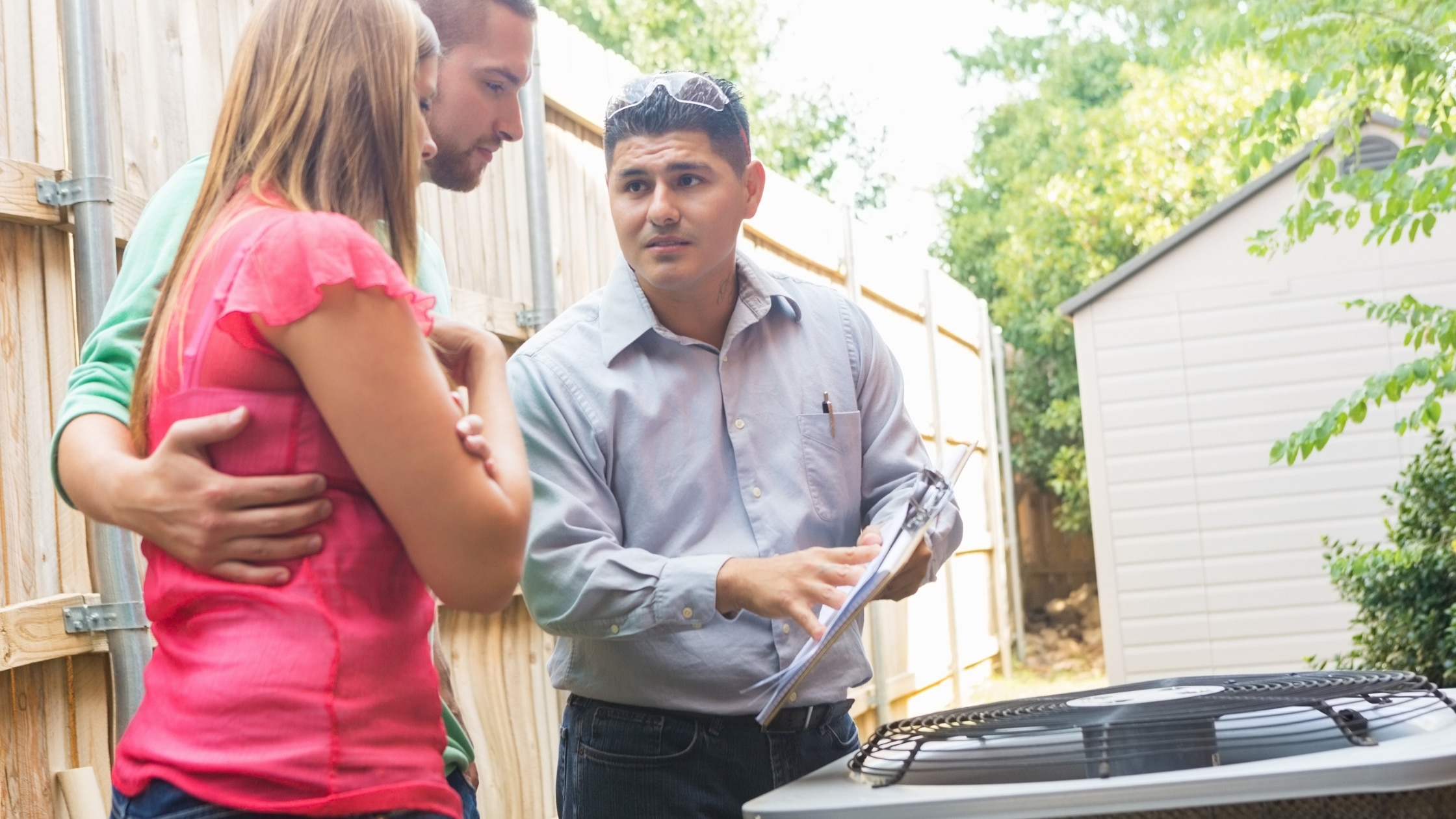Introduction to HVAC Sales Training
Having a dedicated and ongoing HVAC sales training program for technicians can be powerful for revenue growth. From expanding your customer base to upselling to current customers, utilizing effective sales techniques on a daily basis can bring short and long term benefits.
There are several options available that can help you develop a HVAC sales training program, including HVAC sales courses, technical training courses, and supplementary soft skills training.
A sufficient training program will ensure that your team has an effective sales process in place to put revenue growth on autopilot.
Sales Process & Skills
The sales process is a trusted marketing strategy that consists of seven communication steps. Studies have shown that following a structured sales practice can yield up to a 28% increase in revenue.
1. Lead Generation
In the “lead generation” or “prospecting” stage of the sales process, a business is seeking new potential customers. There are several methods to finding new leads, from social media marketing to cold calling. One effective tool is called a lead magnet, which is a free or discounted offering that a customer receives in exchange for completing an online form. Once a customer’s information is captured, a business can contact them to implement the remaining steps in the sales process. Lead magnets are a favored tool among marketers, with 50% of marketers experiencing a higher conversion rate when using lead magnets.
2. Qualification
The next step is “qualification.” During this step, a sales professional determines if the lead is a good fit for the product or service they are selling. For example, if you are promoting a discount on air conditioning tune-ups for the summer, customers with brand new units will likely not opt in, as they will not need a new unit serviced so soon. However, leads who have not yet had their units replaced or are in need of servicing, are qualified for this sale.
3. Approach
The “approach” part of the process is also known as “first contact.” By this point, the sales professional has narrowed down the pool of leads to a group of qualified potential customers. They have learned about their needs and behaviors and will begin reaching out to pitch the service or product. A few examples of how to approach a potential client include a phone call, direct email, or doorknocking.
4. Presentation/Pitch
The fourth step of the sales process is the presentation or pitch. In other words, this is where the true selling begins. A sales pitch needs two primary components: acknowledgement of the problem and positioning your product or service as the solution. The pitch can then be enhanced by providing statistics, examples, and comparisons.
5. Addressing Objections
It is inevitable that a customer is going to have questions or objections to the product or service. The most common objections from a potential customer are typically based on budget or their need for a product or service. Sales professionals can benefit by planning ahead to address these common objections.
6. Closing
Perhaps the most crucial step of the HVAC sales process is finally getting the customer across the finish line. In your sales pitch, this is the final proposition or request. There are several tactics to closing a sale, including creating a sense of urgency or offering an additional benefit.
7. Nurturing
The close of a sale is not the final step of the process. It’s important that customers are continuously nurtured after the sale. This ensures customer satisfaction, reduces post-purchase dissonance, and increases the likelihood that they will buy from you again or refer their friends and family to you. In fact, nurtured leads, on average, increase sales opportunities by 20% compared to non-nurtured leads.
Upselling
Upselling is the practice of generating additional revenue from a base sale in the form of an upgrade or add-on to your customer’s desired product or service. This could mean opting for a higher-end version of the product they bought, or paying for additional products or services to enhance their original purchase. For example, while installing a new unit, an HVAC technician may encourage the customer to purchase a service plan or a warranty.
Training technicians in upselling and customer service skills is an efficient sales tactic because it can increase revenue without searching for new customers. The sales process is still applicable, in terms of crafting a pitch, handling objections, closing, and nurturing the customer afterward.
Enhancing HVAC Training with Interplay Learning
Building a sales training program within your company is a way to ensure your technicians and sales professionals have the knowledge and skills to implement these best practices and grow your company’s revenue.
Another effective addition to your training program is Interplay Learning, from Interplay Learning. Interplay Learning is the world’s leading skill-building solution for the trades, providing always-on immersive training that upskills technicians and creates job-ready HVAC workers faster and easier than ever before. Featuring expert-led videos, hands-on simulations, knowledge checks, and skill assessments, learners can practice hands-on from a desktop, tablet, or in virtual reality.
To learn how Interplay Learning can enhance your current training program, request a demo.








